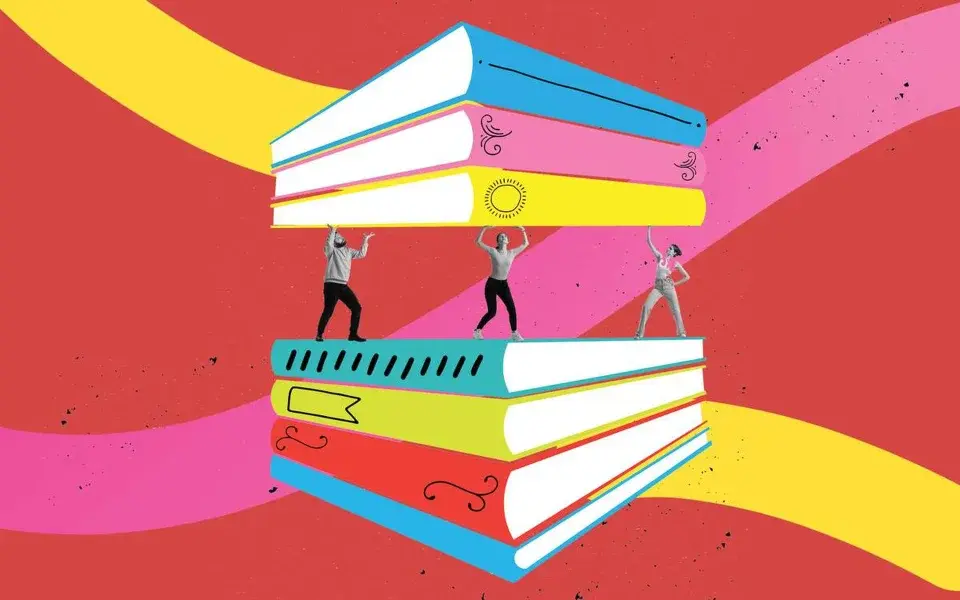From PDF to Print: A Guide to Ooligan Book Production
Books at Ooligan take a wonderful journey as an author writes, editors edit, and publishers publish. Throughout it all, there is a design lead (that’s me!) who is making sure that the Word document turns into a tangible book that you get to hold. This is the process of turning that digital file into a ready-for-print file here at Ooligan.










